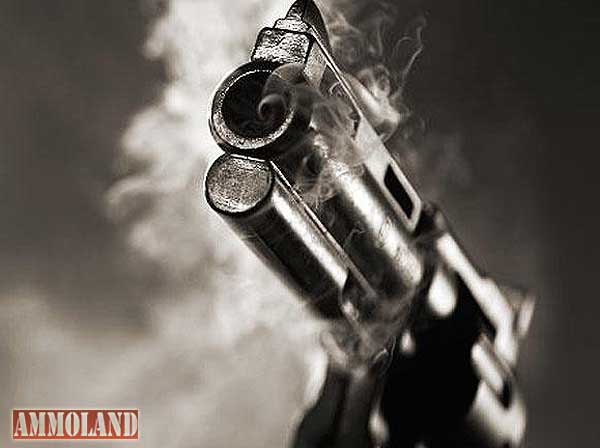By Gary Marbut


Missoula, MT –-(Ammoland.com)- Conventional and alternate media in Montana have been abuzz in the past week with discussion about Montana self-defense laws.
Some think existing laws are too lax and need tightening. Some think existing laws are too restrictive and should be relaxed. Far too many misunderstand existing laws and make irrelevant or nonsensical claims.
Allow me to clarify some misconceptions and gray areas.
Did House Bill 228 in 2009 create the “castle doctrine” in Montana? No. What is generically called a “castle doctrine” law in other places is called “defense of an occupied structure” in Montana, and is codified at 45-3-103. The castle doctrine is a very old concept. It came from English common law — the basis for the American legal system.
William Pitt declared in debate in Parliament in 1763, “The poorest man may in his cottage bid defiance to all the forces of the Crown.” Every man’s house was his castle, he said.
Montana’s 45-3-103 was swept into the Montana Codes Annotated from the older Revised Codes of Montana in 1947. This law was likely in the older Montana “Bannack Statutes” of territorial days, even before the R.C.M. So our “castle doctrine” is an old concept that has stood the test of time.
Does Montana’s castle doctrine allow a person to kill anyone in their home who the homeowner has a disagreement with or dislikes? No! This law allows a person to use force only when the person believes “use of force is necessary to prevent or terminate the other person’s unlawful entry into or attack upon an occupied structure.” Note: This does not include “lethal force,” such as a firearm.
Lethal force is defined as an amount of force likely to cause serious bodily injury or death, which would include using a firearm.
Lethal force may only be used legally in defense of an occupied structure when the person believes “force is necessary to prevent an assault upon the person or another then in the occupied structure” or to prevent the commission of a forcible felony. A felony is any crime punishable by one year or more in the state prison. A “forcible felony” is any felony where force or threat of force is used.
Thus, the circumstances in which a person may legally use lethal force, such as a firearm, under Montana’s castle doctrine is a fairly narrow and legally defined set of conditions.
I have trained more than 4,000 students, in classrooms and on the range in handgun self-defense classes. I advise my students that it is always better, if it can be done safely and with sound tactics, to not use lethal force. Whenever lethal force is used, everyone involved suffers to one extent or another — physically, legally, financially, emotionally and/or psychologically.
However, I tell my students, there certainly are times when the price will be higher not to use lethal force than to use lethal force. It may cost a person his or her life to not adequately defend that life.
If a person has no other choice but to use lethal force, then it is critical to know the rules, much more than I can convey here. That’s why I strongly recommend to those who have not taken my class that they should never settle for the training that came in the box with their gun.
If you own a firearm that you may depend on for self defense, take a class. Study. Learn. Be informed!
Gary Marbut is the author of the book, “Gun Laws of Montana.” He is accepted in state and federal courts as an expert concerning self defense and use of force, and is president of the Montana Shooting Sports Association, which advocates for gun owners in Montana.
Gary Marbut, presidentMontana Shooting Sports Associationwww.mtssa.orgauthor, Gun Laws of Montana www.mtpublish.comAbout Montana Shooting Sports Association:MSSA is the primary political advocate for Montana gun owners. Visit: www.mtssa.org
